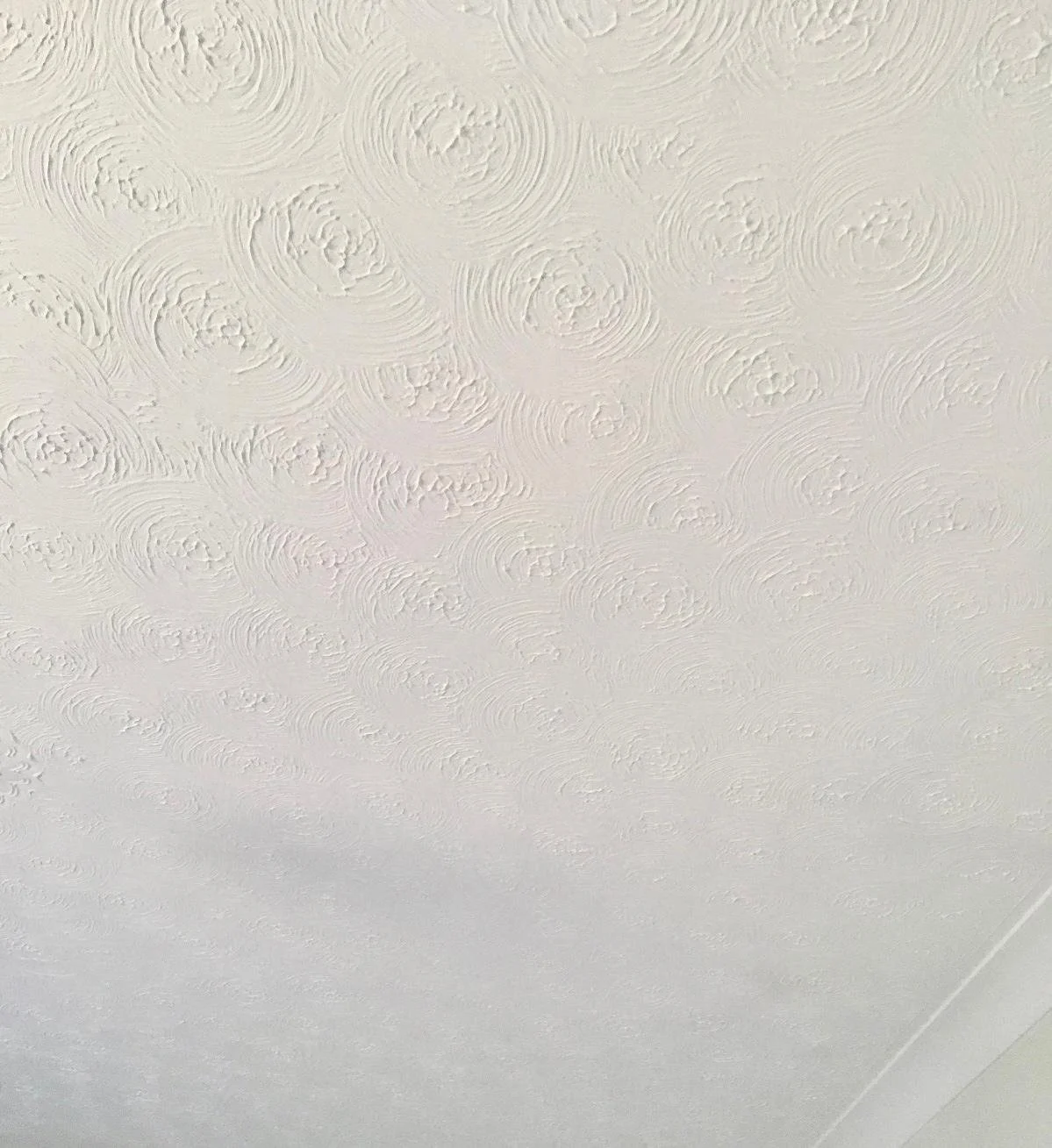HOW TO DEAL WITH ARTEX CEILINGS
Artex can contain asbestos, depending on the era:
You’ll find them in nearly every property that needs updating.
And most of the time, they’re not as much of a problem as people think.
ARTEX CEILINGS: Do they ruin your flip or can you leave them be?
You’ll find them in nearly every property that needs updating.
And most of the time, they’re not as much of a problem as people think.
There are two types of Artex ceilings I come across when flipping:
The ones I can get away with keeping.
These usually have a light “orange peel” texture.
If you paint them with a flat, no-shine paint and style the space so the eye stays lower, most buyers won’t notice or care. They don’t impact the resale, so I leave them.The ones that have to go.
These are the more aggressive patterns, thick swirls or heavy ridges, that pull focus and break the feeling of a clean renovation. Those are the ones I remove.
The process is simple:
Scrape back with a wide scraper (ceiling or floor blade)
Apply a bonding agent
Re-skim the surface
But before you do anything, check the build year of the property.
Artex can contain asbestos, depending on the era:
Pre-1985: Very likely to contain asbestos
1985–1999: Shouldn’t, but might, stock may have been used up after the ban
Post-2000: No asbestos
So if you’re pricing a project, always check the year it was built.
If it's pre-2000, get it tested before disturbing it, just to be safe.
Knowing which Artex to leave and which to remove isn’t just a visual decision.
It’s a strategic one.
Because removing what doesn’t matter wastes time and budget.
And keeping what buyers will notice can cost you at resale.
That’s why in FLIPIT, we always look at what you can keep versus what needs changing, so every decision protects your profit.

